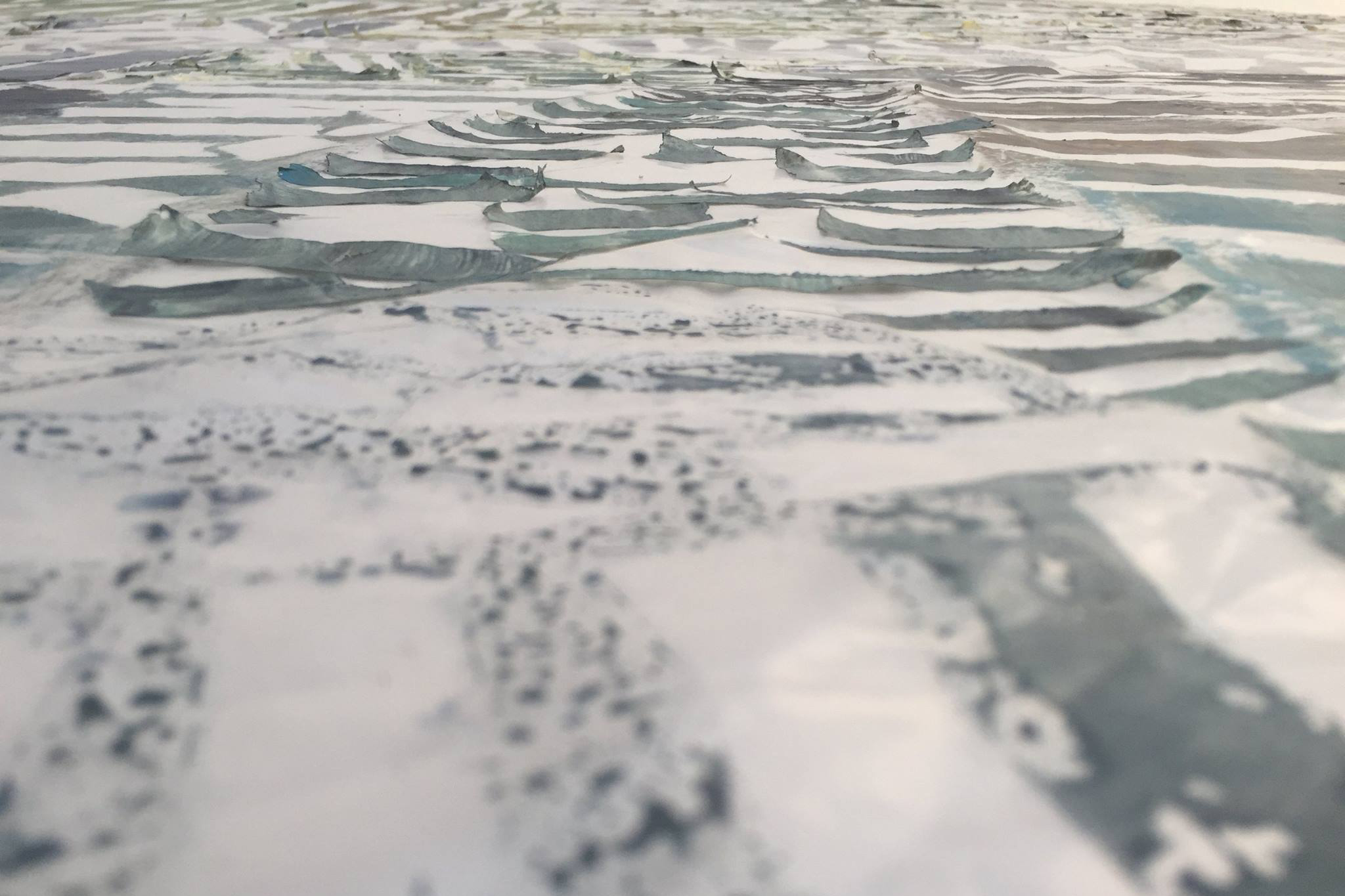Karen Vermeren: Prachovské skály in PRÁM

Výstava “Prachovské skály in PRÁM” belgické umělkyně Karen Vermeren je završením jejího rezidenčního pobytu ve Studiu PRÁM.
Ploty, schody, dřevěné cestičky – tím vším se v národních parcích snažíme ochránit přírodu před turisty. Abychom se na přírodní krajinu mohli podívat, musíme vystát frontu a zaplatit vstupné. Na hranicích Česka a Polska se nachází skalnaté útvary národního parku Gór Stołowych / Prachovských skal, v němž nakupené vrstvy pískovců dávají vzniknout proplétajícím se labyrintům. Galerijní instalace přenáší prostory Studia PRÁM do prostředí pískovcových skal a poskytuje tak návštěvníkům výstavy možnost zažít atmosféru přírodních scenérií vprostřed industriálních pražských Vysočan. Z návštěvníka instalace se stává turista omezovaný tím, že nemůže překročit hranici interiéru. Jakým způsobem se dnes můžeme vztahovat k přírodní krajině? Plot se skládá a rozkládá, je v pohybu, vždy je zanechán nedokončen.
Vernisáž se uskuteční 25. 8. 2016 od 19:00 hod. v galerii PRÁM
KAREN VERMEREN
Karen Vermeren (°1982, Ghent) obtained her Master’s of Art degree at LUCA School of Arts, Ghent (2005). Further on she studied in the Kunsthøgskolen in Bergen with a research grant, followed by several residences (Isola Comacina in Italy, Glasmalerei in Munich, Masereel Centre in Kasterlee, Iceland, Spitsbergen).
Since 2009, she was appointed researcher as part of the research platform Horizontal Drawing at St. Lucas School of Arts, Antwerp. Regularly she shows her work (such as LUCA Biënnale in Leuven, Coup de Ville in Sint-Niklaas, CIAP in Hasselt, Beursschouwburg in Brussel, Lieux-Communs in Namen). Recently she won the International Glass Prize.
KAREN VERMEREN’S WORK
A Deep Sense of Place
1. looking for cracks
“Vermeren is looking for cracks. From a geological perspective, cracks or so-called faults emerge after a conflict between two geological plates. These are intersection lines, witnesses of a brutal surface tension. We must note however, that Vermeren is not an urban stoller who reads ‘urban cracks’. The approaches to the residual, raw space in urban planning are nevertheless extremely helpful when looking at Vermerens work. All describe a succession of events going from a conflict, to the creation of a void, which in its turn becomes a potential space. This sequence is at the heart of Vermerens practice.”
2. A twofold strategy. Fault Fold Unfold.
“While Vermeren in an initial phase recreates that sense of deep space, in a second phase, she intervenes in the raw material. Her collection of stones and dust, so to speak, are subjected to the rules of map-and bookmaking. Through a technique of folding her working material, Vermeren creates visual hierarchies on the paper plane. New artificial coordinates are set out by the artist. Folding thus is the activity of making form out of rawness.”
Elke Couchez concludes in her text ‘A Deep Sense of Place’: “Vermeren wants to question the tradition of landscape painting in her research. Vermeren rather is a scientific traveller. She designs cartographies of raw space. The picture plane exists of reliefs and fault lines. It shows the deep layers of the earth simultaneously, just like a geologist would like to do. Yet, the lines on the maps are no coordinates that simplify the road trip. Instead of stressing the optical organisation of space, this is a haptic experience. Raw, unorganised and always becoming.”
⇾ www.karenvermeren.be
⇾ https://www.facebook.com/events/1242526212448540/